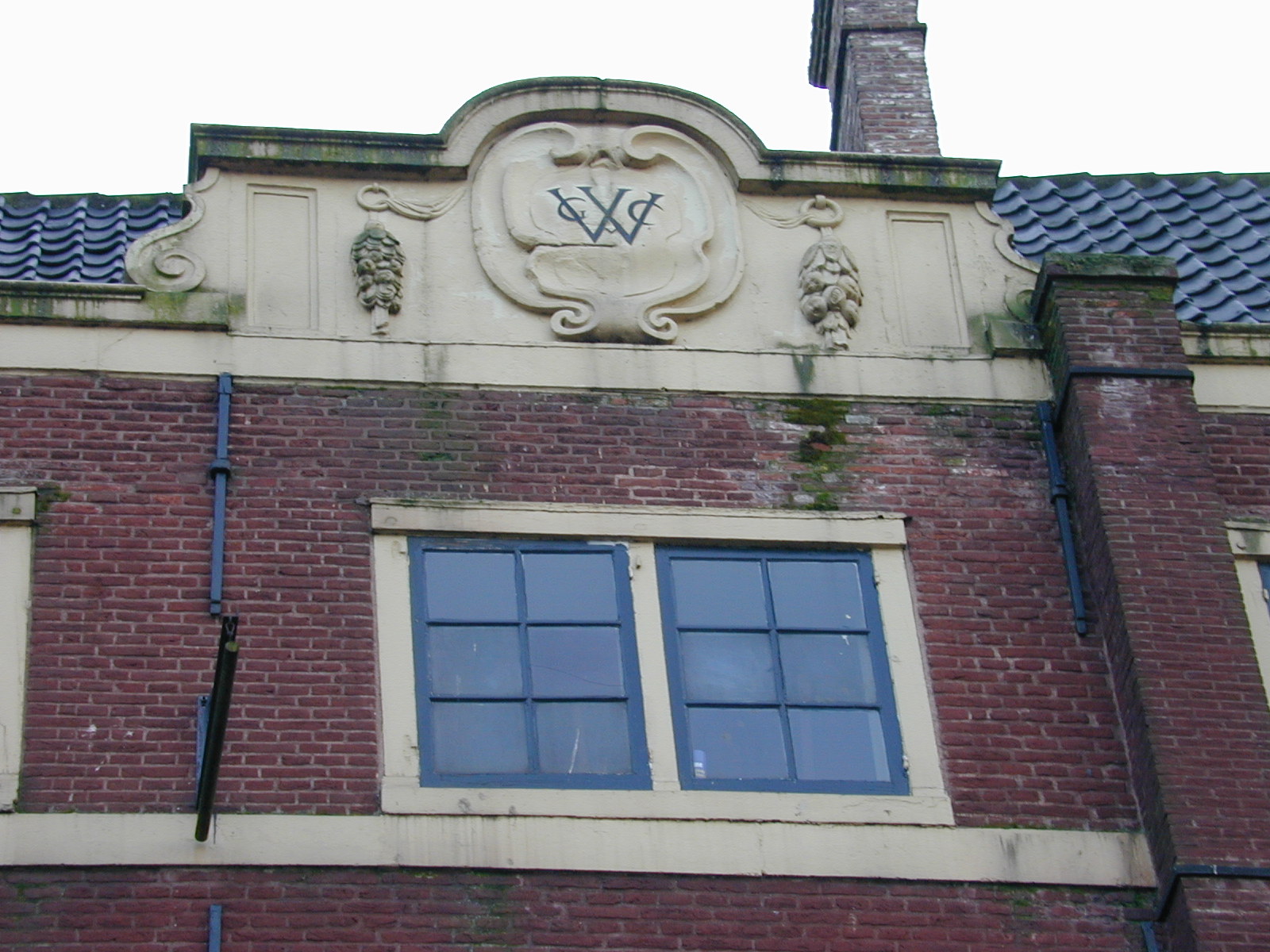Cats, Canine and Affordable Tiny House
페이지 정보
작성자 Donald 작성일 24-02-16 14:23 조회 6 댓글 0본문
 Introduction:
Introduction:Lately, the thought of small house design features gained significant popularity as people look for alternative methods for residing which are lasting, inexpensive, and eco-friendly. Small homes, usually smaller than 500 sqft, offer people and people the chance to minimize their environmental footprint while taking pleasure in a simpler lifestyle. This report explores the various areas of little household design and its impact on modern-day living.
Design Considerations:
Small house design emphasizes the efficient usage of readily available area. Architects and designers concentrate on multi-purpose furnishings arrangements, clever storage space solutions, and creative design designs to maximize functionality. Every square inches is used ingeniously, ensuring that no area is wasted. Open flooring programs and strategic usage of day light create an illusion of spaciousness, eliminating any feeling of confinement.
Sustainability Functions:
The main appeals of tiny houses is the lasting design. Incorporating eco-friendly features minimizes ecological impact and lowers utility costs. Many small houses include solar panel systems and rainwater collection systems to accomplish energy efficiency and reduce reliance on old-fashioned energy sources. Moreover, the use of lasting materials, such as for instance recycled materials, reclaimed wood, and energy-efficient appliances contribute to the general eco-consciousness of the domiciles.
Mobility and Adaptability:
Little homes tend to be constructed on wheels, making them portable and adaptable to different areas. This transportation enables property owners to alter their surroundings regularly, encounter brand new communities, and reduce the need for long-term obligations to a specific area. Additionally, the adaptability of little home design ensures that residents can easily alter their residing rooms according to their particular evolving needs and preferences, like including extensions or integrating extra features.
Affordability and Financial Freedom:
The compact dimensions and simplified lifestyle related to little house living subscribe to its cost. Small houses typically need lower construction and maintenance expenses, along with diminished energy expenses. Consequently, residents can spend a lot more of their earnings in experiences, travel, knowledge, or savings, therefore achieving a higher degree of economic freedom. Moreover, many individuals whom embrace the little residence motion make an effort to decrease their general materialistic desires and focus on experiences in the place of content possessions.
Challenges and restrictions:
Although little home design provides many advantages, in addition provides special difficulties. The limited space requires cautious idea and consideration about individual things, which may perhaps not suit everyone's way of life. Moreover, zoning limitations and building codes in several areas nonetheless pose obstacles for those of you enthusiastic about following Tiny House Living house residing. Also, having less privacy and potential troubles accommodating larger households tend to be restrictions that people deciding on a little house must recognize.
Summary:
Small home design signifies a revolutionary method of lasting and affordable living. By optimizing space application, including renewable features, and focusing mobility and versatility, these little abodes have actually grabbed the interest and imagination of individuals internationally. Despite dealing with difficulties and limitations, the small household motion keeps growing, providing a unique way of life option that decreases environmental impact, enhances economic freedom, and promotes a simplified and purposeful presence. As society consistently embrace the ideals of durability and minimalism, the concept of little house design probably will be more common in the years to come.
댓글목록 0
등록된 댓글이 없습니다.